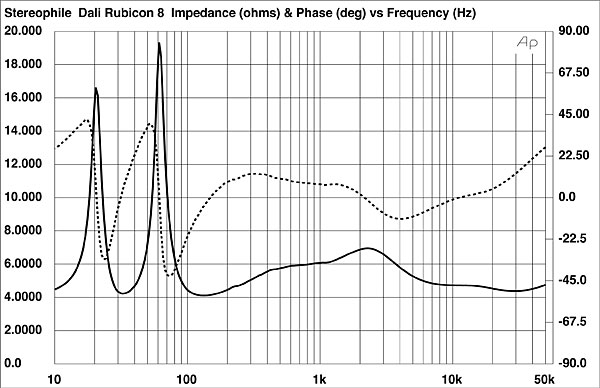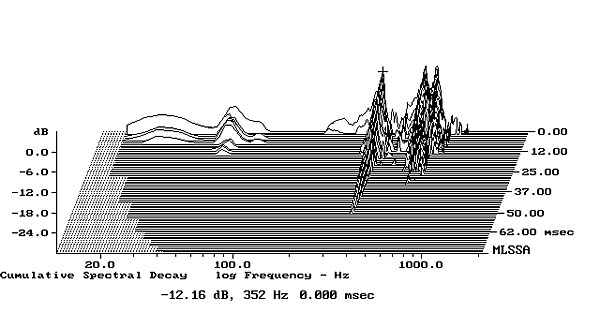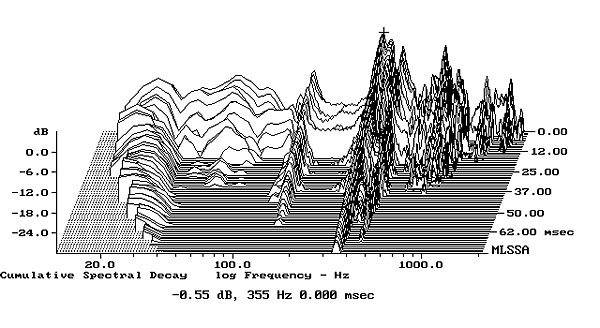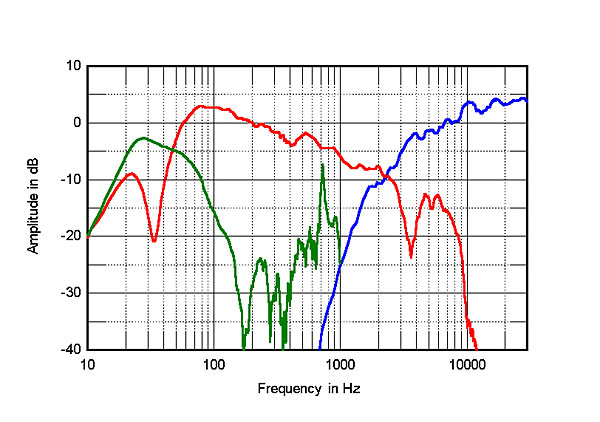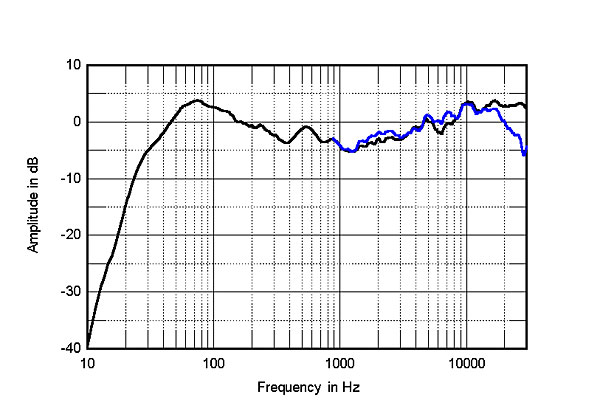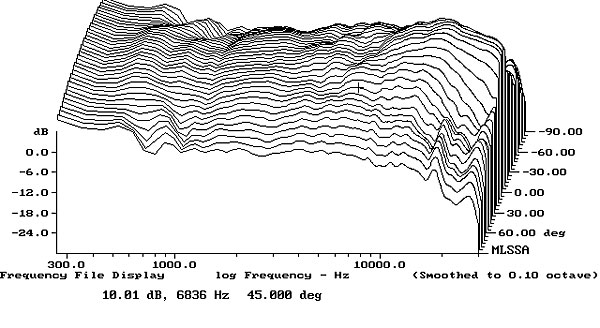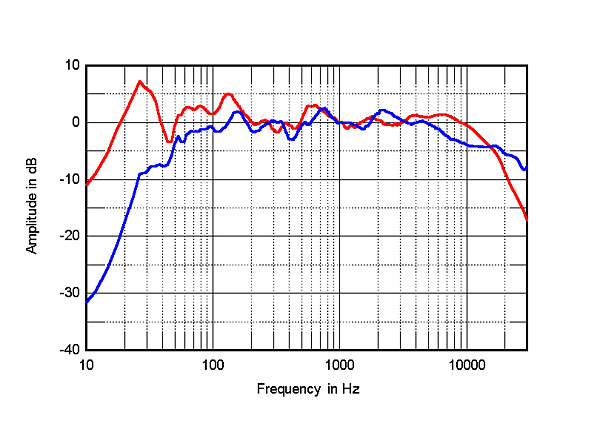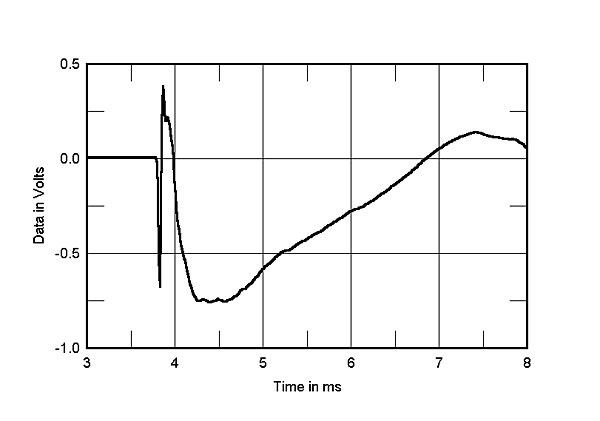| Columns Retired Columns & Blogs |
It's fascinating what changes are possible with advancing materials technology. Someday we'll be 3-D printing speakers at home from patterns we buy off the Internet, much like we buy music tracks and e-books now. One of the greatest things future listeners will enjoy is the fact that since physical speakers today are an inventory item and expense, there's only so much flexibility possible in getting an 'ideal' speaker to perform in a variety of rooms. In the future, the patterns to print will offer numerous options to tweak the speakers ahead of printing them, or doing modifications afterward.
I mention this only after reading the article and seeing how DALI is using new technology in their magnet designs etc.
